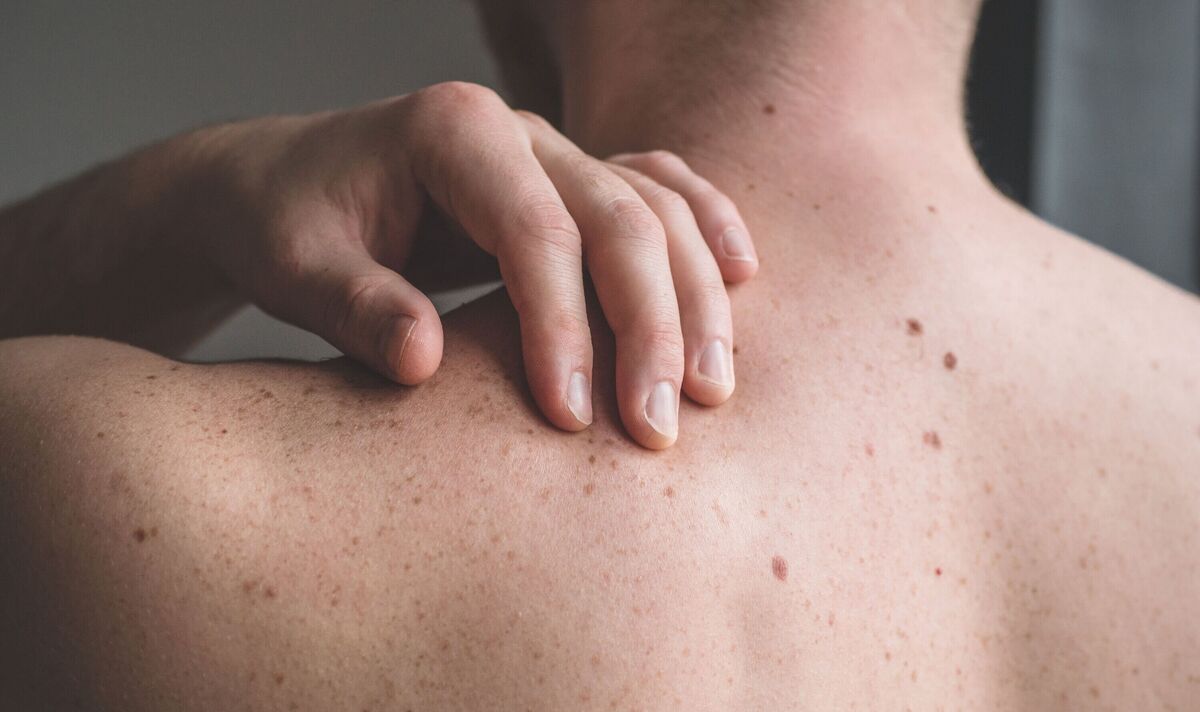Following the diagnosis of Sarah Ferguson with skin cancer, Express.co.uk has looked into the guidance health providers give for those worried they too may have malignant melanoma.
The Duchess of York’s news was revealed on the evening of January 21 and comes shortly after her treatment for breast cancer. Following her diagnosis, the Duchess has also urged people to check their moles.
Despite the diagnosis, she is said to be in “good spirits”. But what are the signs you should be looking out for? Well, first and foremost, if you’re at all concerned that a mole may be cancerous, it is always best to get it checked out by your GP.
As with all forms of cancer, early diagnosis markedly improves the likelihood of a recovery.
According to the Cancer Research UK, there are two types of skin cancer: melanoma and non-melanoma. Following the diagnosis of the Duchess of York with melanoma, Express.co.uk will assess the symptoms of that form of cancer. However you can read about non-melanoma skin cancer on the Cancer Research UK website.
The first thing to note is that if you notice a change in any mole, freckle or normal patch of skin, it is important to get it seen.
ABCDE Checklist
Doctors use a special method, called the ABCDE method, to ascertain what is going on with a mole.
The ‘A’ stands for “asymetry”. As per the experts at Cancer Research UK: “Melanomas are likely to have an uneven shape. The two halves of the area may be different shapes (asymmetrical).
“Normal moles usually have a more even shape and the two halves are similar (symmetrical)”. So if your mole looks like it’s not very even, get it checked.
The ‘B’ stands for “border”. The outer edges of a melanoma is likely to be jagged around the edge, whereas a normal mole should be a great deal smoother.
The ‘C’ is for “colour”. Melanomas are more likely to have more than one shade of colour. That might be black, brown, pink or another colour. Normal moles are usually even in colour.
The ‘D’ is for “diameter”. The width of a melanoma is more than likely to more than 6mm. Healthy moles are usually smaller than that.
The ‘E’ is for “evolving”. According to Cancer Research UK: “Melanomas might change in size, shape or colour. Or you might notice other changes such as a mole bleeding, itching or becoming crusty.
“Normal moles usually stay the same size, shape, and colour.”









